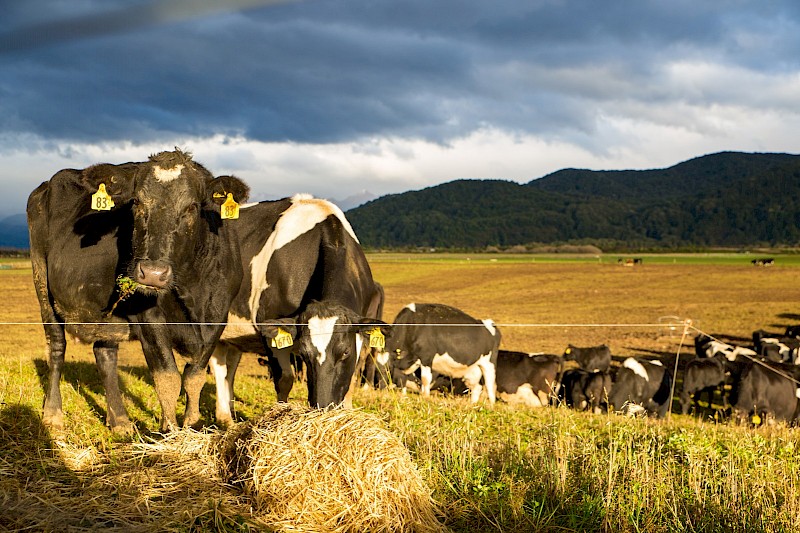
As we head into the tail end of winter, many farmers are looking forward to spring pasture growth. But winter grazing responsibilities don’t end just because the season is nearly over. Regulators are continuing to monitor how farms are managed through the wetter months, and it’s often the small details that make the biggest difference when it comes to compliance.
Key Focus Areas for 2025
This year, two areas have been highlighted as the most important for compliance attention:
1. Buffers
Leaving appropriate buffer zones around waterways is one of the simplest, yet most effective, ways to reduce runoff and sediment loss. However, inspections are showing that buffer zones are still being overlooked or set too narrow. The result? Sediment and nutrients entering waterways, leading to both environmental harm and compliance issues.
2. Critical Source Areas
Critical Source Areas (CSAs) – those naturally wetter or erosion-prone parts of a paddock – remain a key risk point. Overlooking the need to identify and exclude stock from these areas can undo a lot of good work elsewhere on the farm. Regulators are placing strong focus on CSAs in 2025, meaning farms that don’t manage them well are more likely to face enforcement action.
At WM Environmental, we work alongside farmers to make compliance practical and achievable. Here’s how we can support you:
On-Farm Assessments – We’ll help you identify problem areas such as CSAs and recommend workable solutions.
Mitigation Planning – From strategic fencing and buffer placement to alternative grazing plans, we provide tailored strategies that fit your operation.
Compliance Monitoring – We assist with the documentation and reporting required to demonstrate you’re meeting your obligations.
Long-Term Solutions – Beyond just meeting today’s rules, we focus on building resilience into your farming system for future seasons.
Simple changes can make a big difference:
Shifting stock out of CSAs during wet periods.
Planting riparian zones to create natural buffers.
Using back fencing to minimise pugging.
Having a clear grazing plan before next winter begins.
Winter grazing isn’t just about getting stock through the cold months, it’s about protecting your land, your waterways, and your compliance record. By addressing the main focus areas of buffers and CSAs now, you can avoid penalties and build a stronger farming system for the future.
If you’d like help reviewing your winter grazing practices or developing a compliance plan, get in touch with the WM Environmental team today.
Posted: 1 October 2025
